So you want to get into PR/ Digital PR or find out a little more about what it really involves. Well, let’s get into it!
PR and Digital PR ultimately helps obtain coverage and increase brand awareness. But this is not all it does. In this post, we will cover five key things that you absolutely need to know when it comes to PR; including some terminology that you’ll want to get under your belt to get started.
Glossary:
Before we delve deeper into the need-to-knows, there’s some terminology that, as a budding PR person, or someone expanding their marketing knowledge, you’ll want to make a note of:- KPIs (Key Performance Indicators) – Also known as measurements of success. KPIs are what you as a PR or marketer will always be working towards.
- Media relations – Refers to relationships with journalists, publications and outlets. Typically, this is the focus for a PR in 2020. It includes writing press releases, sending stories/quotes/insight and organising assets.
- Assets – This can include anything from Infographics, videos, product imagery, photos/headshots to press releases, quotes, data and research.
- Samples – Usually these are sent directly from the brand or a press officer. However, as a PR you’re in a unique position to offer and organise products to be sent as ‘samples’ or ‘gifts’ to key contacts.
- Outreach – This refers to reaching out to contacts who may be interested in the business (and the information they have to offer).
1. Traditional PR vs Digital PR
Before digital really took off, Traditional (trad) PR had been focused on print media. Although they still do this nowadays, Trad PRs also deal with relevant websites for online coverage; and also touch on social media and influencer marketing. Trad PR methods are great for brand awareness and product launches. In this discipline, a PR gal is more likely to send samples to press or influencers. On the other side of the coin, we have Digital PR, which is typically known for supporting and enhancing SEO. Often activity is done for SEO purposes, which include increasing rankings in search results through outreach and gaining links. There are no doubts about the effectiveness of both types of PR, but there is one main difference between the two, and that is the KPIs that will be attributed to activity.2. Types of PR activity
Despite what people think, there is a multitude of PR activity that can be done for businesses and brands:- Campaigns – Either large or small content pieces. They can range from being a blog post with some data to a full-blown interactive piece, and everything in between, including celebrities launching collections or products.
- Content marketing – A type of marketing that involves creating and sharing blog posts. Although a slightly separate entity, you’re likely to touch on content marketing if you work Digital PR.
- Crisis management – The practice of acknowledging, managing and reversing negative press and comms around a business/brand crisis.
- Reactive PR/ Newsjacking – Both terms refer to an ‘always on’ approach. This means you’re constantly looking for a relevant story for your client/brand to become the centre of the conversation.
- Product placement – Think about websites that do a round-up of clothes, accessories or beauty products; usually its a list or an image gallery right? This is an option that works for fashion and eCommerce brands. It does particularly well during seasonal times such as Valentine’s, Black Friday and Christmas.
3. One size does not fit all
It’s common for a client to have an idea of what they want already – it may have been something they’ve seen a competitor do or something they have read – but it’s important to note that one size doesn’t fit all. Budgets, KPIs and resource all factor into what is achievable, while the size of the client also plays a part. A small jewellery start-up, for example, doesn’t need a huge interactive campaign and may not have the budget. Instead, you should target fashion journalists/publications, introduce the brand and aim for “new brand” coverage along with some product placements. Likewise, more corporate companies may prefer reactive PR and content marketing, while high street brands may be all for a campaign, providing it takes their offering into consideration.4. Performance
There is a whole host of KPIs that come with PR activity, including:- Backlinks
- Brand mentions
- Conversions
- Domain authority
- Sentiment
- Site traffic
- Social media engagement
- Social shares






